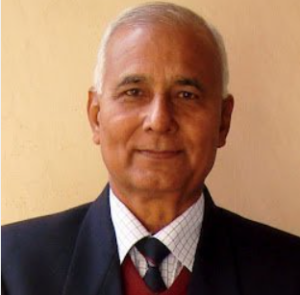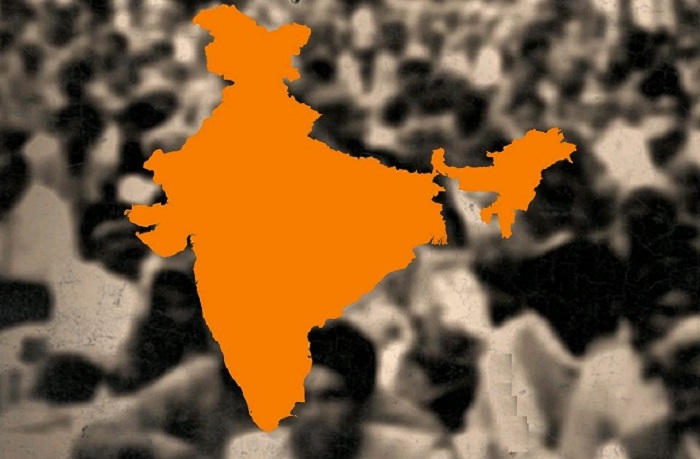Presentation: SR Darapuri, National President, All India Peoples Front
Courtesy: Grok

(Asian independent) If India were to transform into a Hindu Rashtra—a state explicitly governed by Hindu nationalist principles—the impact on Muslims and Christians, as religious minorities, would likely be profound and multifaceted, shaped by ideology, policy, and social dynamics. Let’s explore this based on historical patterns, current trends, and plausible scenarios.
Muslims, numbering around 200 million (14.2% of the population per the 2011 Census), are India’s largest religious minority. A Hindu Rashtra could significantly alter their status. Historically, Hindu nationalism, as articulated by groups like the RSS and its political arm, the BJP, has framed Muslims as outsiders or threats to a Hindu civilizational identity—think of Savarkar’s “Hindutva” ideology, which ties citizenship to Hindu ancestry. If this becomes state policy, Muslims might face legal and social exclusion. Citizenship laws could tighten (the CAA-NRC debate already hints at this), potentially rendering some Muslims stateless if documentation demands favour Hindu-majority norms. Violence could spike too; NCRB data from 2021 shows 378 communal incidents, many targeting Muslims over issues like beef or “love jihad.” A Hindu Rashtra might embolden vigilante groups, with state complicity or indifference amplifying insecurity.
Economically, Muslims already lag—Sachar Committee (2006) found their literacy and employment rates below national averages. A Hindu Rashtra prioritizing Hindu interests could exacerbate this through discriminatory resource allocation or job policies, pushing Muslims further to the margins. Politically, their influence might wane; Muslim representation in Parliament has dropped (from 7% in 1980 to 5% in 2019, per Lok Sabha records), and a majoritarian state could gerrymander or suppress minority voting power.Christians, at 2.3% of the population (about 28 million, 2011 Census), face a different but overlapping dynamic. Often concentrated in states like Kerala, Tamil Nadu, and the Northeast, they have historically been targeted less than Muslims but are not immune. Hindu nationalist rhetoric sometimes paints Christians as foreign agents due to colonial missionary legacies. In a Hindu Rashtra, anti-conversion laws—already enforced in states like Uttar Pradesh and Madhya Pradesh—could harden into national policy, criminalizing Christian proselytizing or even personal faith choices. Violence against Christians has risen (EFI reported 486 incidents in 2021, including church attacks), and a Hindu state might tacitly endorse such acts to “protect” Hindu identity.Socially, both communities could face pressure to assimilate—adopting Hindu cultural markers to avoid suspicion. Education might shift too; a Hindu-centric curriculum (already debated with changes to NCERT textbooks) could marginalize Islamic or Christian histories, alienating younger generations. Places of worship might become flashpoints—think Babri Masjid’s demolition in 1992 or church vandalism cases. If a Hindu Rashtra codifies Hindu supremacy, constitutional secularism (Articles 25-28) could erode, stripping legal protections for minority religious practices.Yet, there’s nuance. The BJP has courted Christians in Kerala and Muslims in pockets like Lakshadweep with development promises, suggesting a Hindu Rashtra might not always be uniformly hostile. Pragmatism could temper ideology—economic needs or global optics might restrain overt persecution. Still, the baseline shift would likely favour Hindu dominance, with Muslims and Christians navigating a spectrum from subtle discrimination (e.g., housing bias) to overt repression (e.g., mob violence or legal targeting).Muslims, given their size and historical “othering,” might bear the brunt—potentially facing a slow squeeze on rights and identity. Christians, smaller and less politicized, might experience sporadic pressure, especially in rural strongholds of Hindutva activism. Both could see emigration rise if conditions worsen, though India’s scale limits mass exodus. How do you see this balancing act between ideology and practicality playing out?








